Pastiche originates from the Italian noun 'pasticcio' which
is a pie filler or pâté made from diverse ingredients. This name was adopted in
the 18th century for 'pasticcio' operas, which were a composite work or medley
using portions of other composers work. Mozart's imitation of the baroque style
is seen as a pastiche, and Tchaikovsky's, in turn, imitated Mozart. This
tradition in music continued down to our own time, with Amy Winehouse's
pastiches of classic soul and R&B. In film, Quentin Tarantino's Kill Bill pays homage to Westerns as well as Kung Fu cinema. Tarantino's attitude of "steal from everyone" is the cornerstone of the pasticheur's philosophy.
Literary examples abound, as language itself evolves through endless repetition
and rearrangements.
The word pastiche can be applied to all artists from Giotto
to Picasso. The tradition of painting, like all art forms, builds on the work
of previous generations, for example, Manet is a pastiche of Velasquez,
Velasquez of Titian, Titian of Bellini and so it goes on. This practice is not
confined to traditional painting; the modernists are just the same, as Picasso
imitated African art and Gauguin the indigenous art from the Tahiti, while Goya
influenced the Chapman Brothers.
Art without the influence of previous work is less worthy
because it is not part of a long, artistic tradition which society understands.
It is not just a matter of stealing. A work of art, within a tradition,
automatically develops the language, as it is impossible to copy anything exactly.
This is particularly so in architecture, where client's demands, building
regulations and a myriad of other variables all conspire to produce an original
work. These alterations further enrich tradition for the architects of the future.
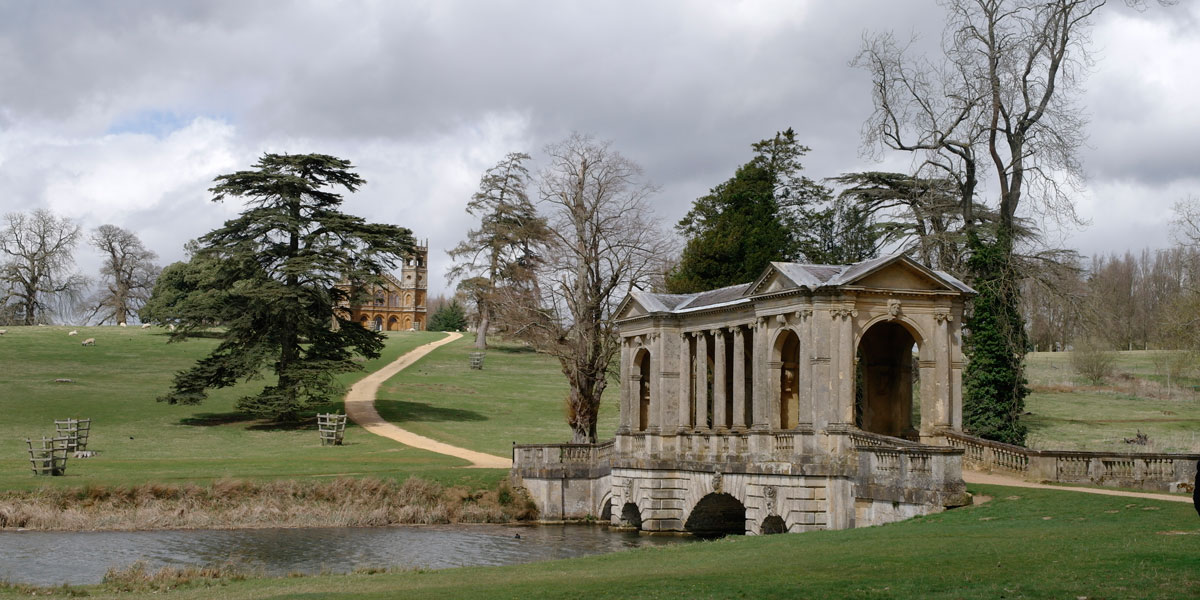









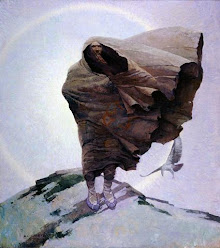














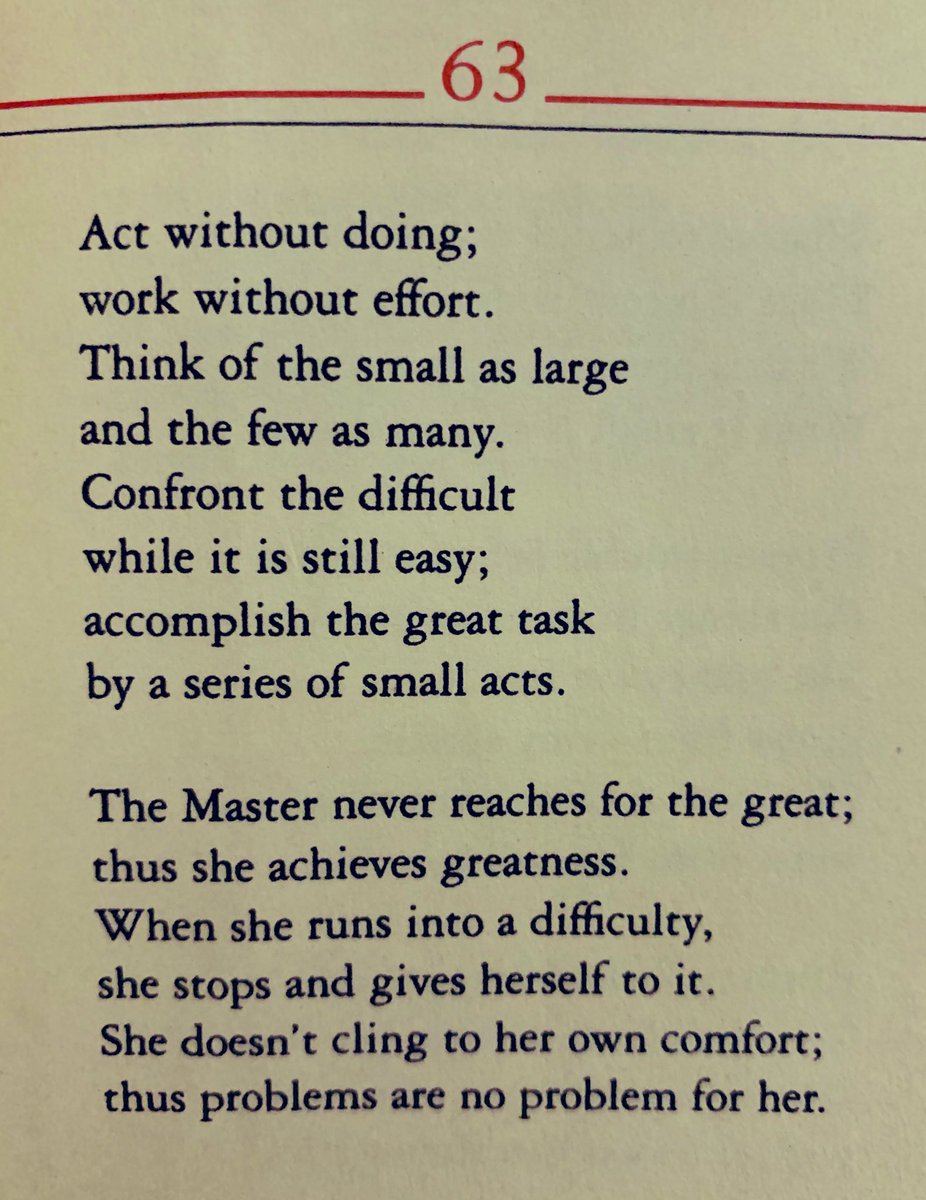















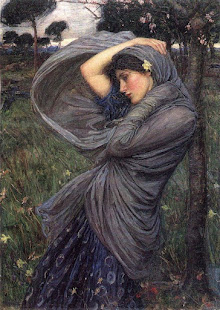














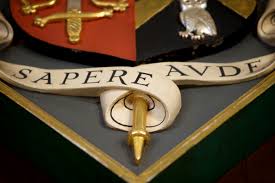






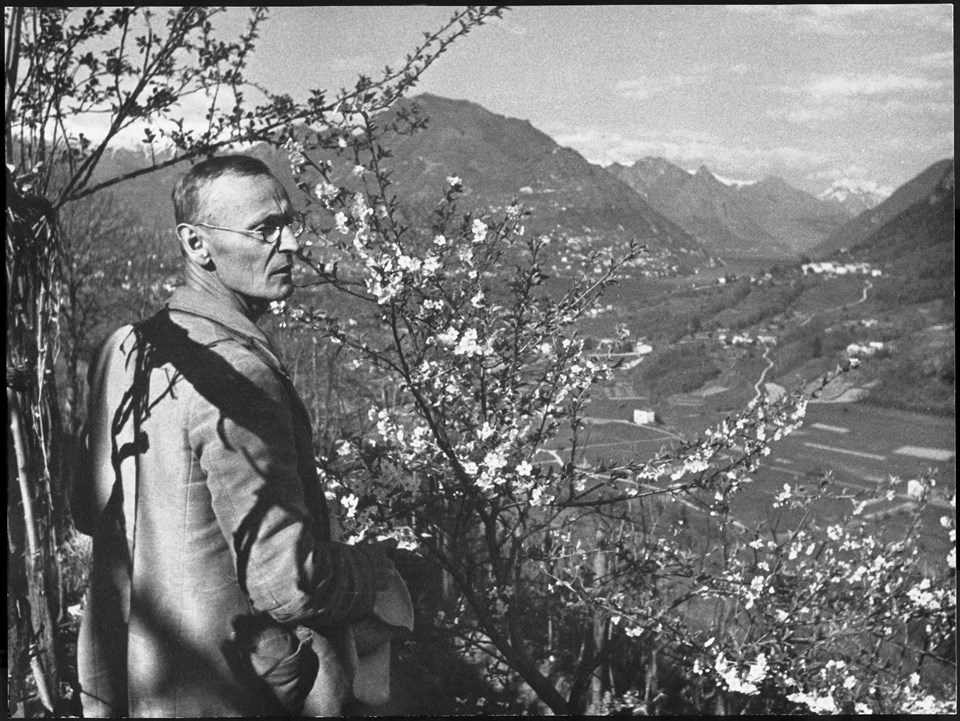


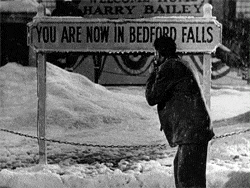







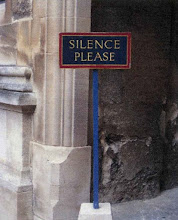









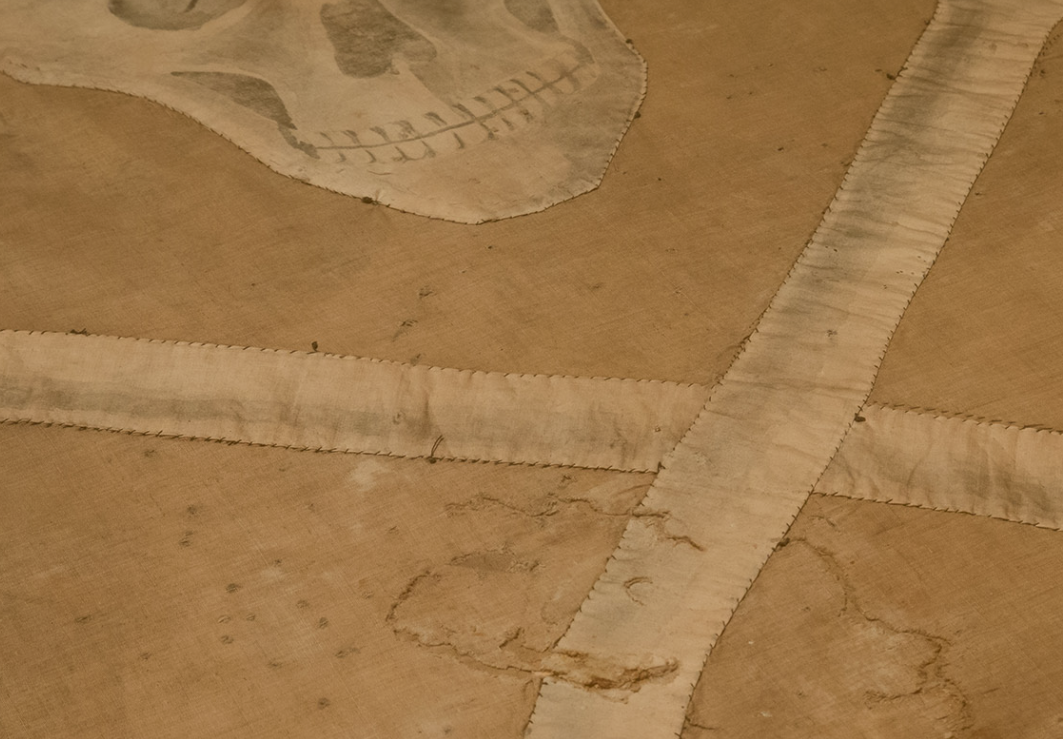

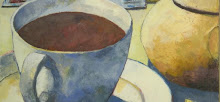
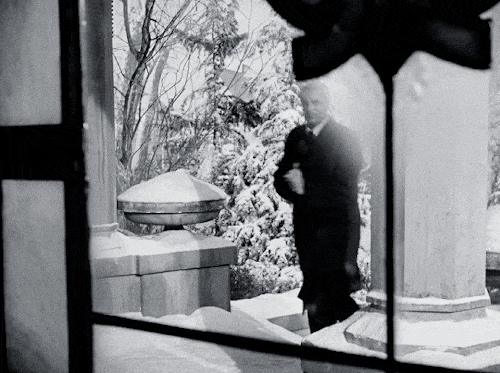


















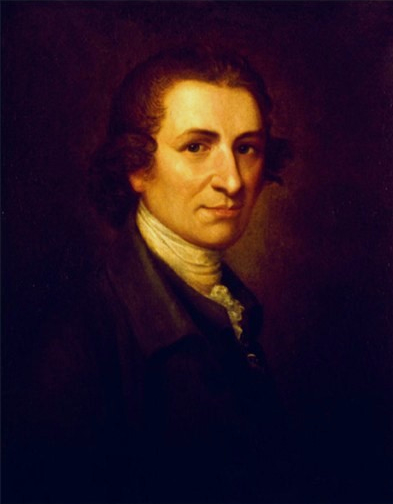






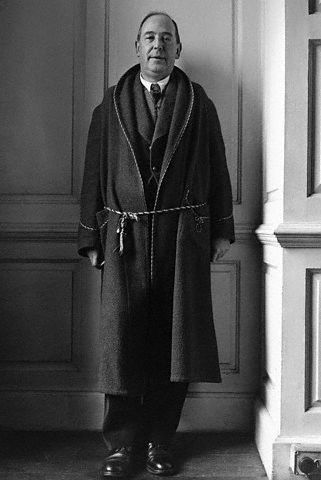



No comments:
Post a Comment